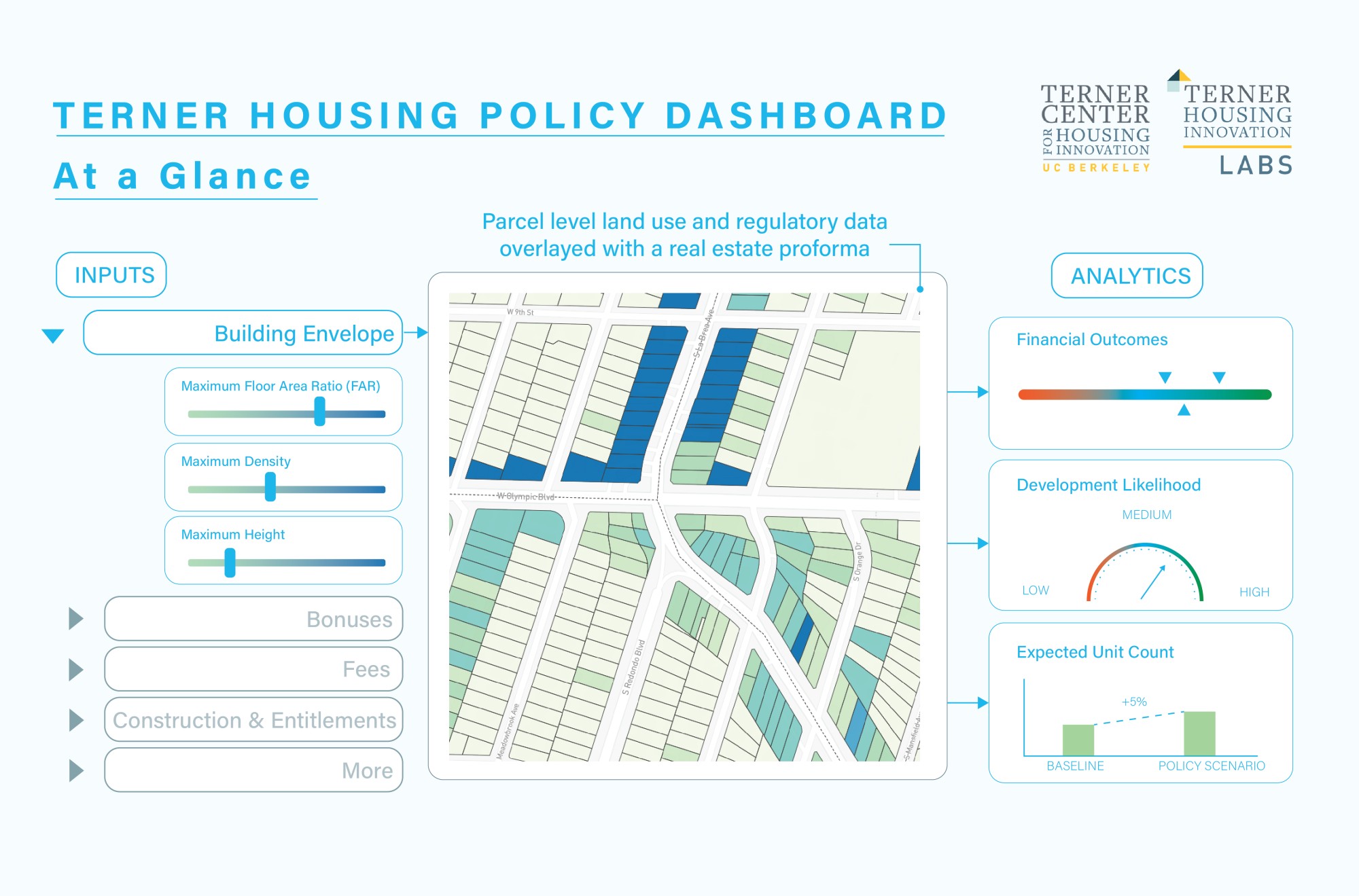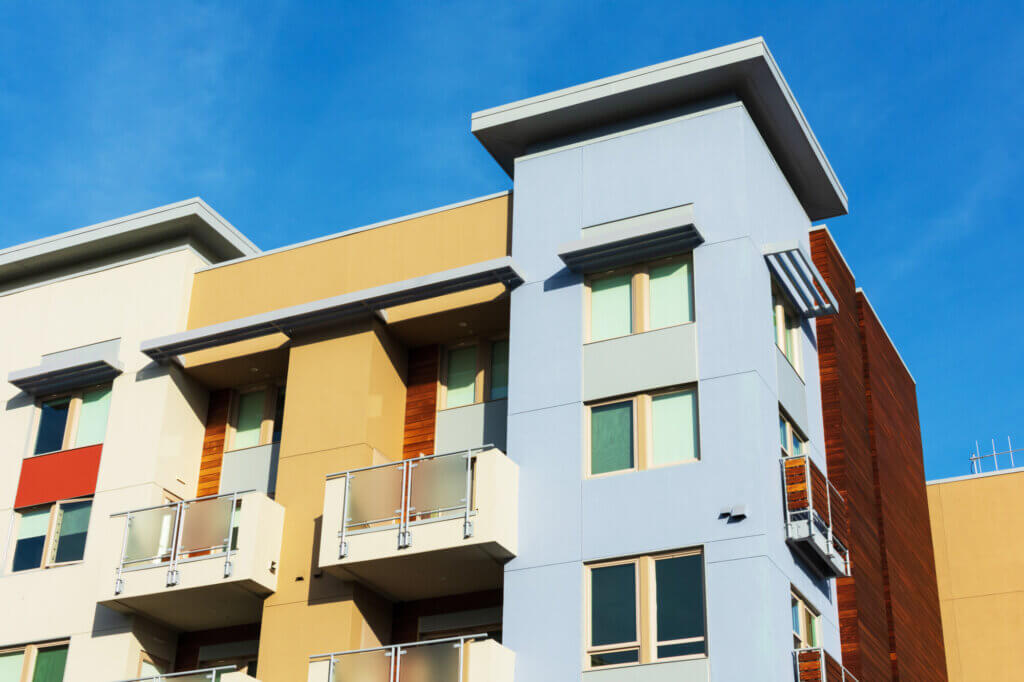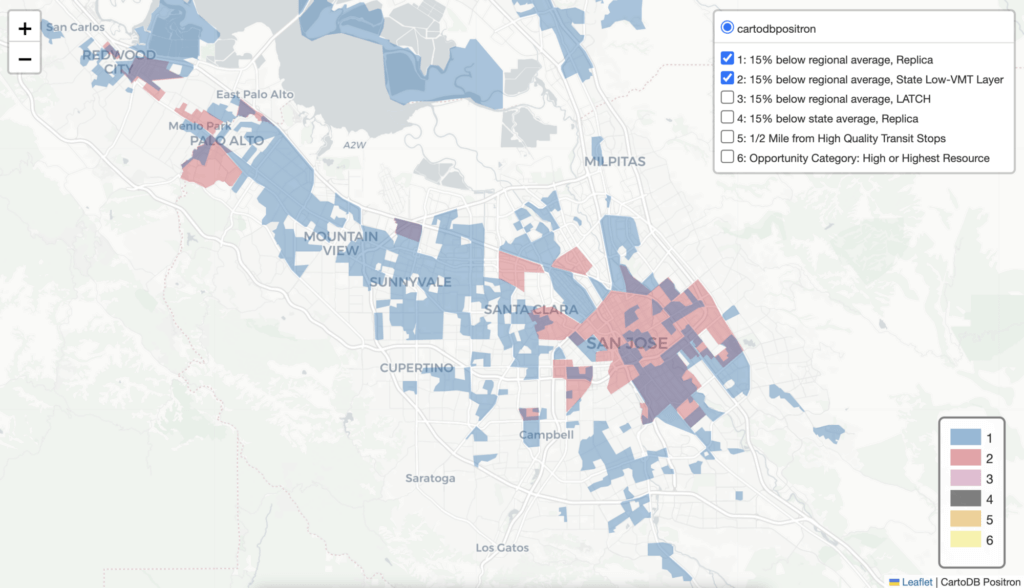Modeling New Housing Supply in Los Angeles: Simulations from the Terner Housing Policy Dashboard
Published On October 28, 2022
A new brief Modeling New Housing Supply in Los Angeles: Simulations from the Terner Housing Policy Dashboard co-published by the Terner Center & Labs uses the Terner Housing Policy Dashboard to simulate six policy options to encourage new home building in Los Angeles. The Dashboard is a data-driven simulation tool designed to help policymakers and planning staff better understand the impacts of different choices on new housing supply. The Dashboard overlays a real estate proforma—the calculations that determine whether a new building is financially feasible—on top of parcel-level land use and regulatory data for all residential parcels in a given city.

Rather than prescribe a single, particular solution, our analysis looks at how much we might expect a particular policy lever to change home building outcomes in Los Angeles. We ran simulations of six policy scenarios—aimed at lowering impact fees, streamlining approval processes, and increasing allowable density, among others—across the city to show how these changes might impact home building on their own or in combination. Our analysis also allows us to evaluate which policy changes most concentrate or scatter new home building throughout the city, with important implications for racial and economic equity and climate goals. Read the full analysis on our website here.





